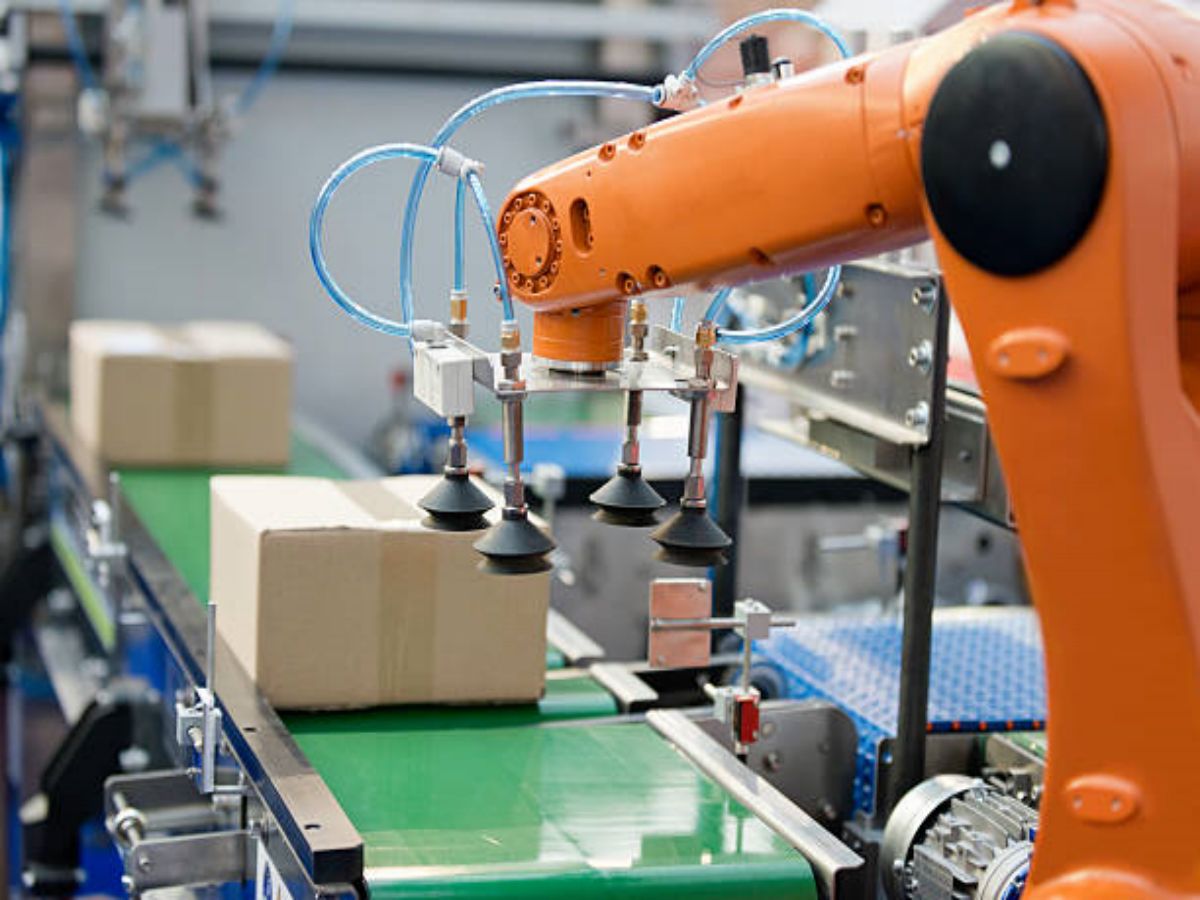How to Ensure Quality Control in Packing Machines for Linear Guides
Introduction: Packaging machines play a crucial role in various industries, ensuring products are efficiently and accurately packaged for distribution. One vital component of these machines is the linear guide, which helps guide the movement of the packaging materials. To maintain high-quality standards and prevent any issues that may arise from faulty linear guides, it is essential to implement effective quality control measures. In this article, we will explore ten key aspects to consider when ensuring quality control in packing machines for linear guides.
1. Understanding the Importance of Quality Control
Quality control is of utmost importance when it comes to packing machines for linear guides. Faulty linear guides can lead to misalignment, increased wear and tear, decreased machine performance, and potential damage to the packaged products. By implementing quality control measures, manufacturers can ensure the reliability, durability, and efficiency of their packing machines.
2. Conducting Regular Inspections
Regular inspections are essential to identify any potential issues with the linear guides. Inspections should include checking for signs of wear, damage, misalignment, or any other abnormalities. By detecting problems early on, manufacturers can address them promptly and prevent further damage or disruptions in the packaging process.
3. Using High-Quality Linear Guides
The quality of the linear guides used in packing machines directly impacts their performance and reliability. It is crucial to source high-quality linear guides from reputable manufacturers. These guides should be made from durable materials, designed to withstand the demands of the packaging industry, and meet industry standards and regulations.
4. Implementing Proper Lubrication
Proper lubrication is vital for the smooth operation of linear guides. Insufficient lubrication can lead to increased friction, wear, and potential damage to the guides. On the other hand, excessive lubrication can attract dust and debris, causing clogs and further complications. It is essential to follow manufacturer guidelines for lubrication intervals and use the recommended lubricants.
5. Regular Maintenance and Cleaning
Regular maintenance and cleaning are crucial for ensuring the longevity and optimal performance of packing machines' linear guides. This includes removing any debris, dust, or contaminants that may accumulate on the guides. Additionally, manufacturers should adhere to a maintenance schedule that includes inspections, lubrication, and parts replacement, if necessary.
6. Training and Education for Operators
Proper training and education for machine operators are essential to ensure they understand the significance of quality control and how it relates to the linear guides. Operators should be trained on how to detect signs of issues with the guides, perform routine inspections, and carry out basic maintenance tasks. This knowledge empowers operators to contribute to quality control efforts effectively.
7. Monitoring Performance and Efficiency
Regularly monitoring the performance and efficiency of packing machines is essential for quality control. This can be done through data analysis, tracking key performance indicators, and conducting periodic audits. By identifying any deviations or abnormalities in the machine's performance, manufacturers can take corrective actions to maintain quality standards.
8. Collaborating with Suppliers
Building strong relationships with suppliers is crucial for ensuring quality control in packing machines for linear guides. Manufacturers should communicate their specific requirements and quality expectations to suppliers. By establishing a collaborative partnership, manufacturers can address any issues promptly and work together to continuously improve the quality of linear guides.
9. Implementing Quality Assurance Programs
Implementing quality assurance programs can significantly contribute to ensuring quality control in packing machines for linear guides. These programs should include comprehensive testing procedures, adherence to industry standards, and continuous improvement initiatives. By consistently monitoring and evaluating the quality of linear guides, manufacturers can identify areas for improvement and take proactive measures.
10. Continuous Improvement and Innovation
Quality control efforts should not stop at achieving satisfactory performance. Manufacturers should continuously strive for improvement and innovation in their packing machines and linear guides. By investing in research and development, staying updated with industry advancements, and actively seeking feedback from customers, manufacturers can ensure their products remain at the forefront of quality and reliability.

